NEPTUNE A force to be reckoned with

What Causes Triton’s Geysers?
One of many surprising discoveries made by Voyager 2, the only spacecraft to visit Neptune, was that its largest moon, Triton, had huge geysers erupting from the surface in its south polar region. They reached heights of 8 km (5 mi), 140 times the height of Old Faithful! Voyager’s instruments were not able to determine what they were made of, but scientists have two hypotheses. They could be like the plumes seen on Saturn’s moon, Enceladus, consisting of water ice spraying from a subsurface liquid ocean through cracks in the surface. Or they could be outbursts of nitrogen gas and ice from sunlight heating the nitrogen snow on the surface. It was southern summer when Voyager passed by, and the warmth from sunlight, 900 times weaker than here on Earth, would keep this nitrogen aloft in a thin atmosphere. In winter, though, it would snow back onto the ground. Seasons on Triton last 41 years, but it’s only been 34 years since Voyager 2’s flyby. Read More
Latest News About Neptune
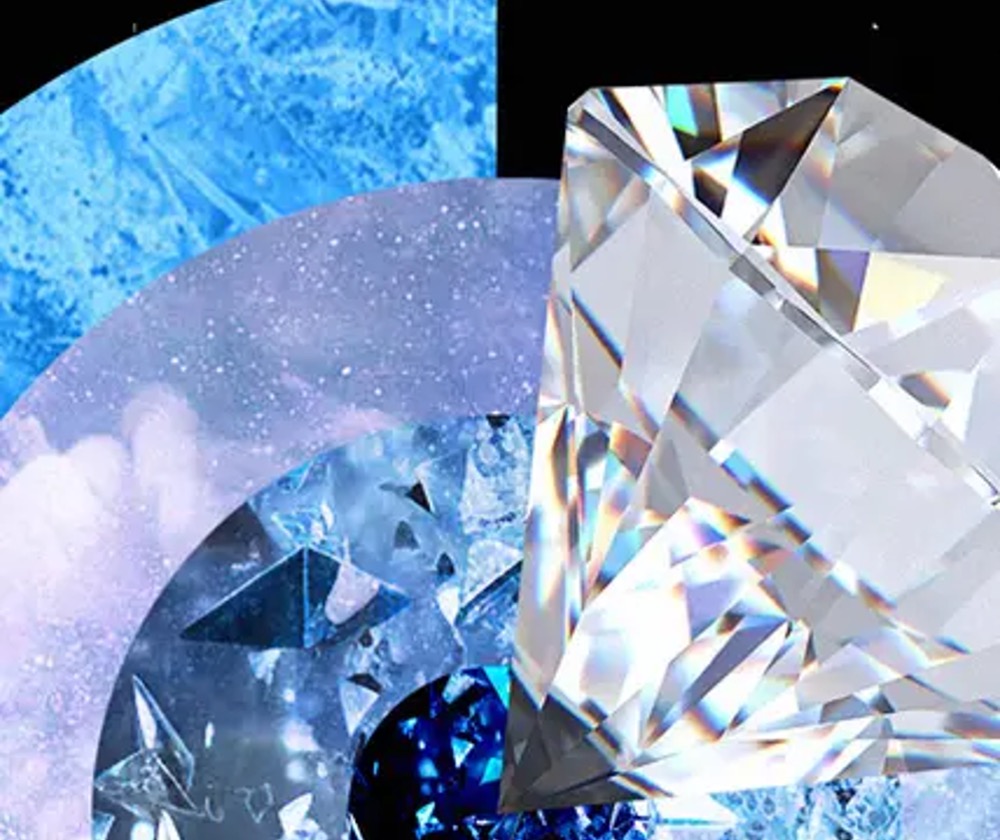
Could diamonds drive Neptune and Uranus’ magnetic fields?
January 12, 2024
Diamonds could form in the shallow interiors of planets like Neptune and travel downward Read more
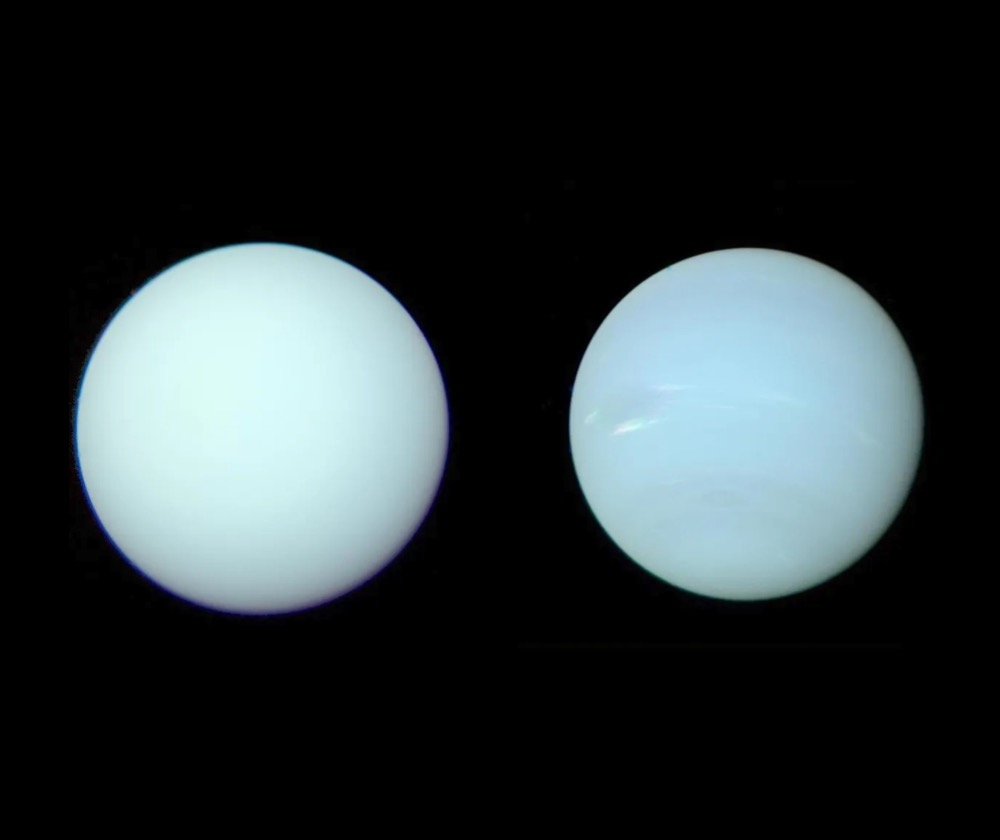
Uranus and Neptune are actually similar blues, 'true' color images reveal
January 4, 2024
Early Neptune images had been "stretched and enhanced" to display its clouds Read more
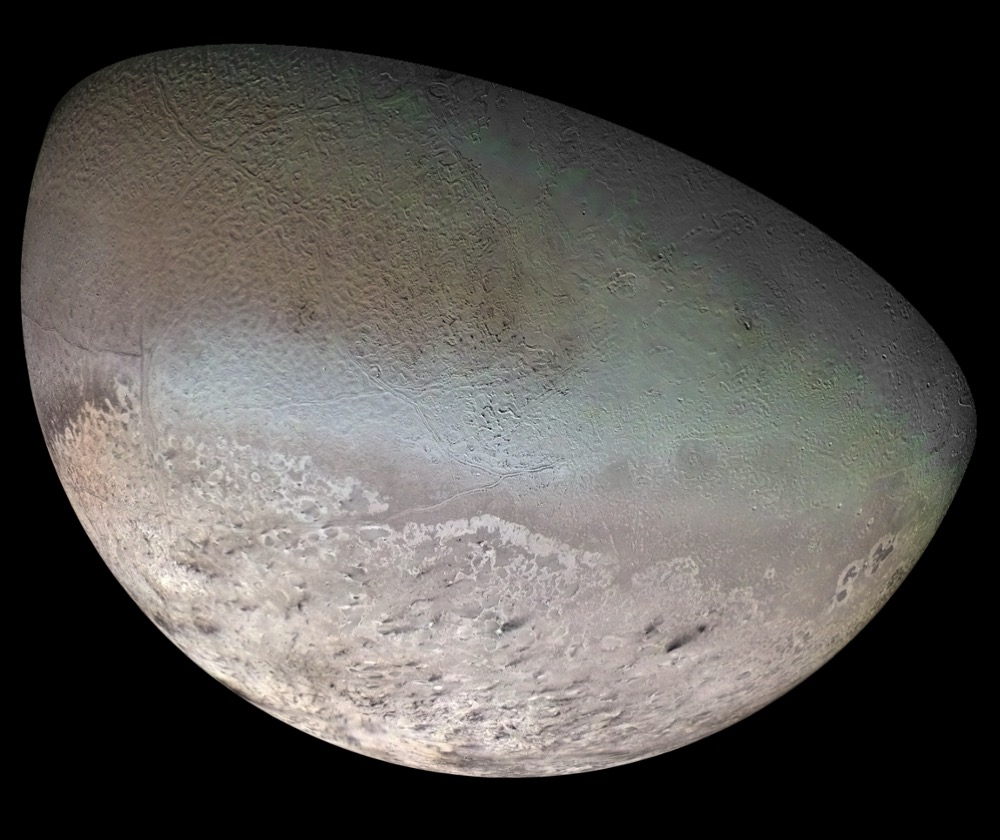
Surface volatile composition as evidence for hydrothermal processes lasting longer in Triton’s interior than Pluto’s
December 12, 2023
Ocean worlds are among the most compelling topics of astrobiology Read more
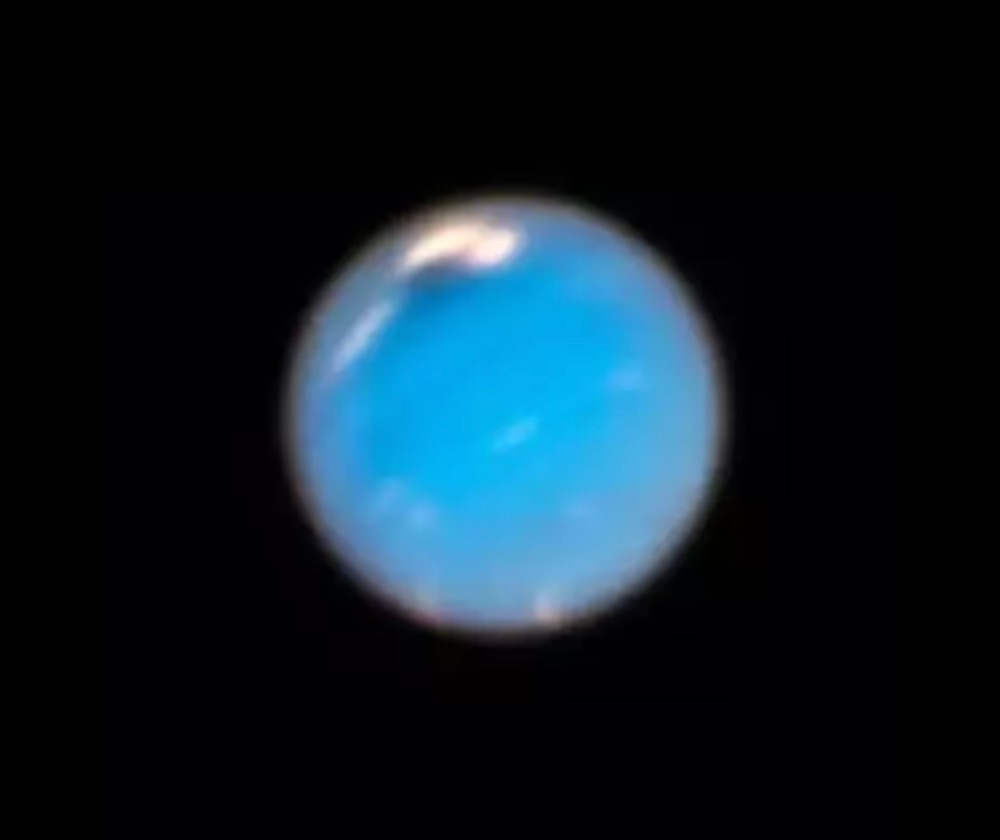
Why aren't there more close-up images of Uranus and Neptune?
November 6, 2023
Neither planet has ever had its own dedicated mission Read more
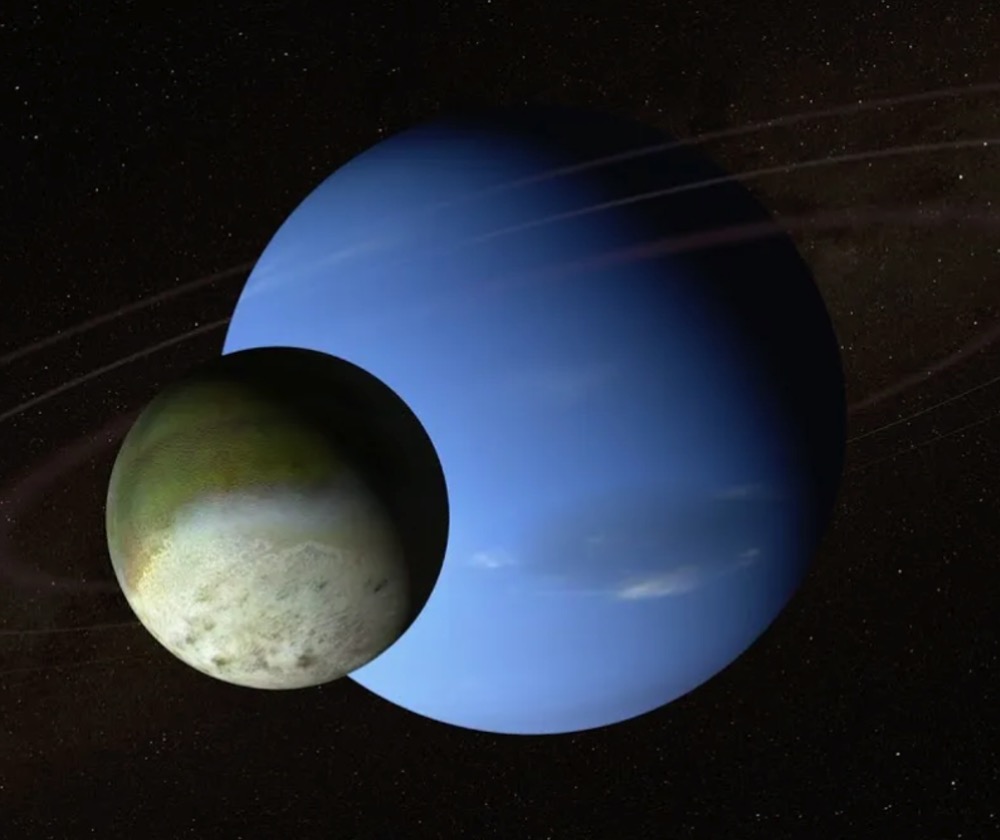
Could Neptune's largest moon swing a spacecraft into the planet's orbit?
October 19, 2023
A radical new idea is to use the thin atmosphere of Triton to capture the spacecraft Read more
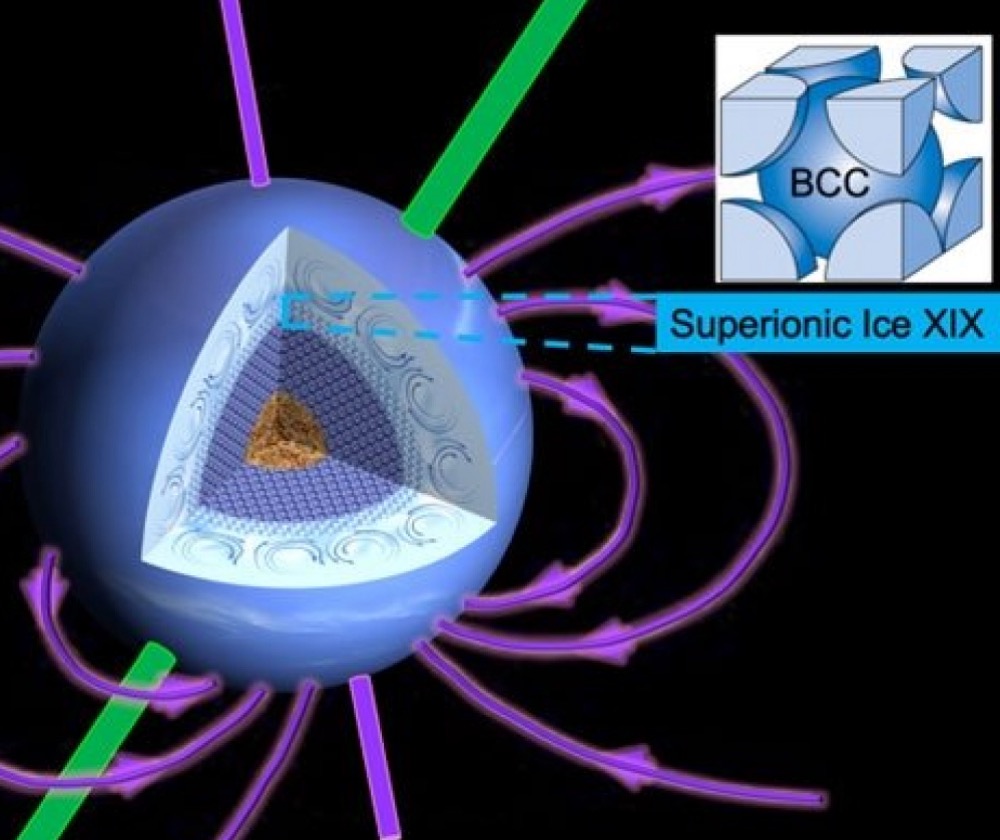
Study explains Neptune and Uranus' unusual magnetic fields
October 10, 2023
Ice XIX is a high-pressure form of ice that could develop in the deep interior of Neptune Read more
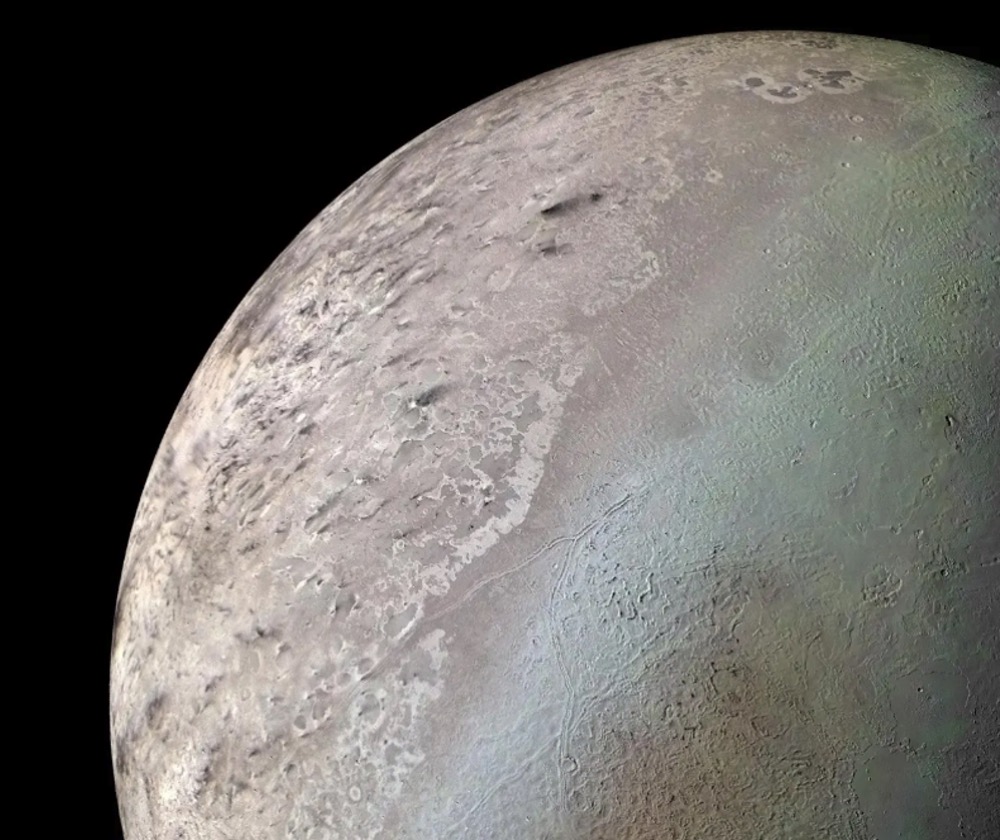
Why is Neptune's moon Triton so weird?
September 15, 2023
The outer Solar System contains one striking crime scene holding a big mystery Read more
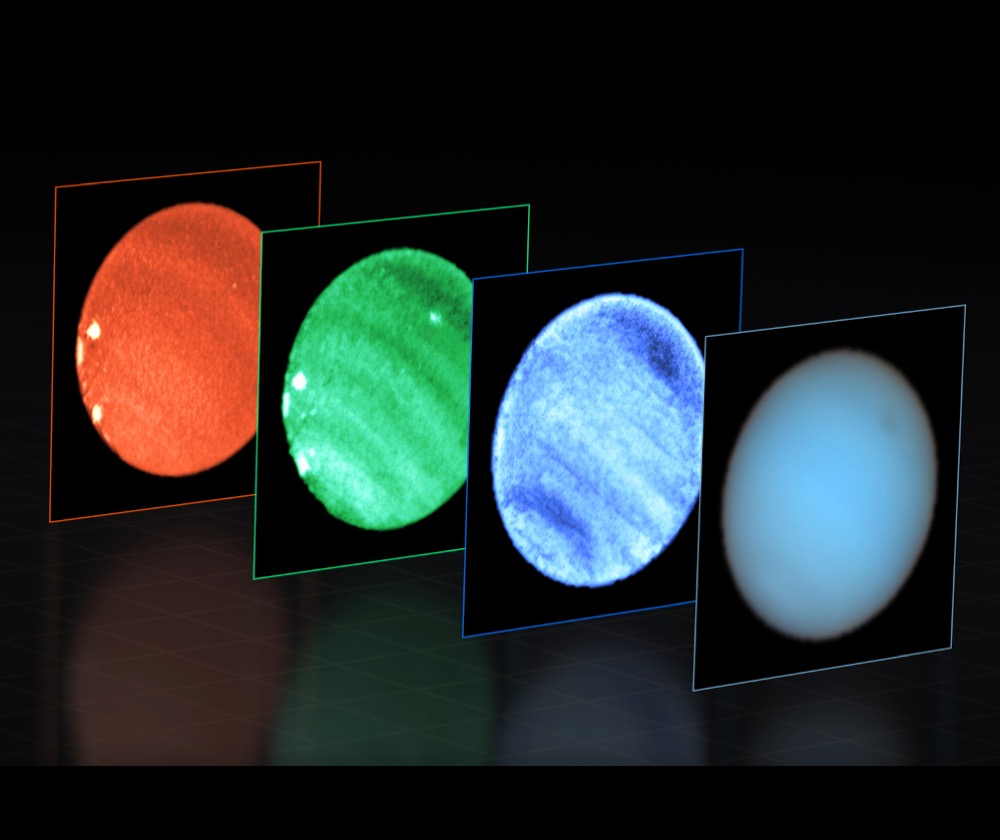
Weird dark spot on Neptune may have a bright spot buddy
August 24, 2023
The first-ever ground-based image of a dark spot reveals clues as to their origin Read more
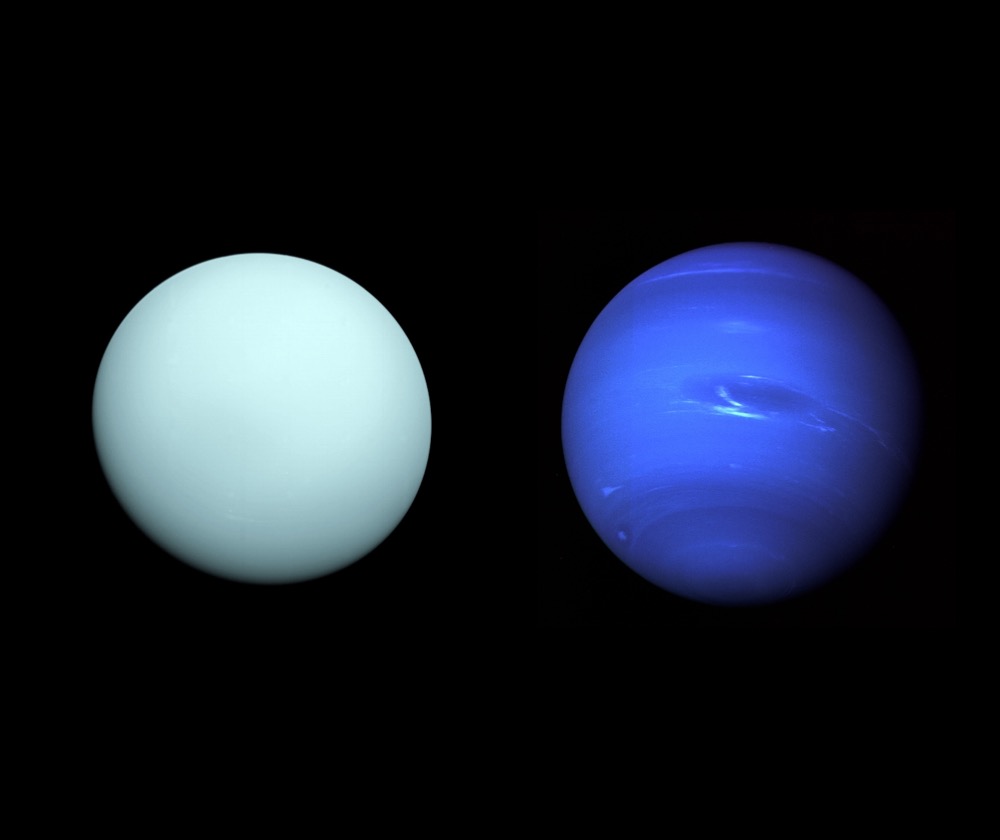
NASA asks for help studying Uranus and Neptune as it prepares to capture new images
August 18, 2023
The New Horizons spacecraft will take images of the ice giants from "behind" Read more
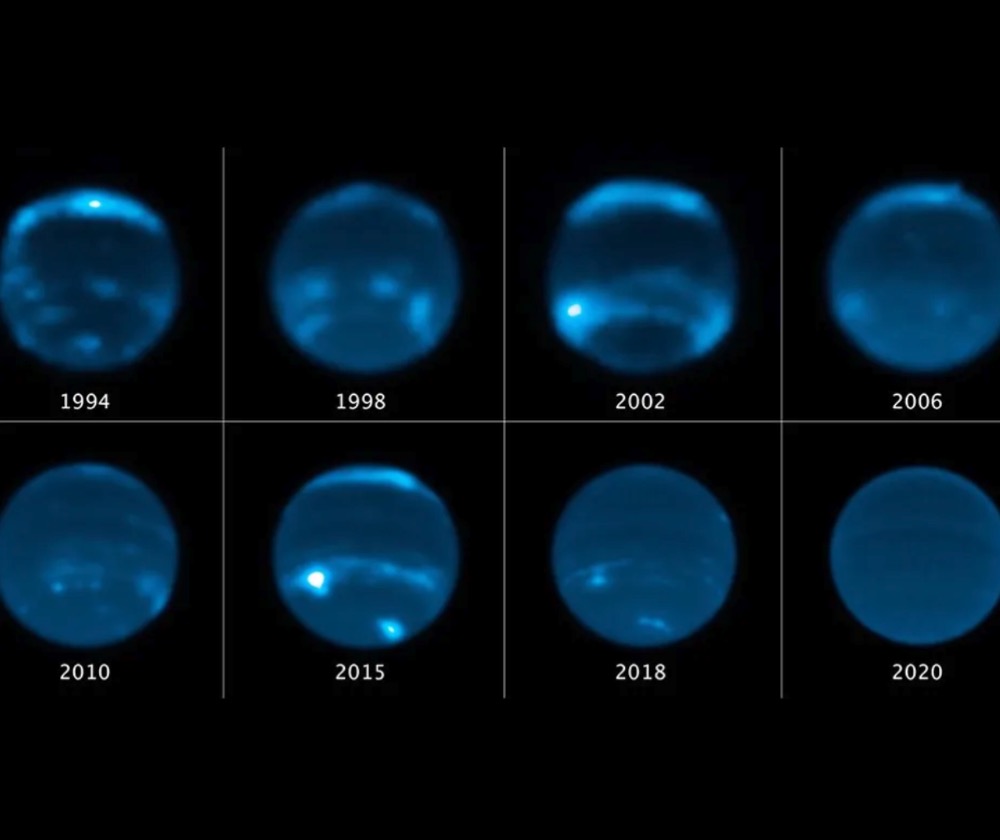
Neptune's clouds have vanished, and the sun may be to blame (video)
August 17, 2023
We essentially saw cloud activity drop within a few months Read more

Superionic ammonia in the lab sheds light on magnetic fields of Uranus and Neptune
July 11, 2023
Conditions in their lab resemble those on the planets Read more
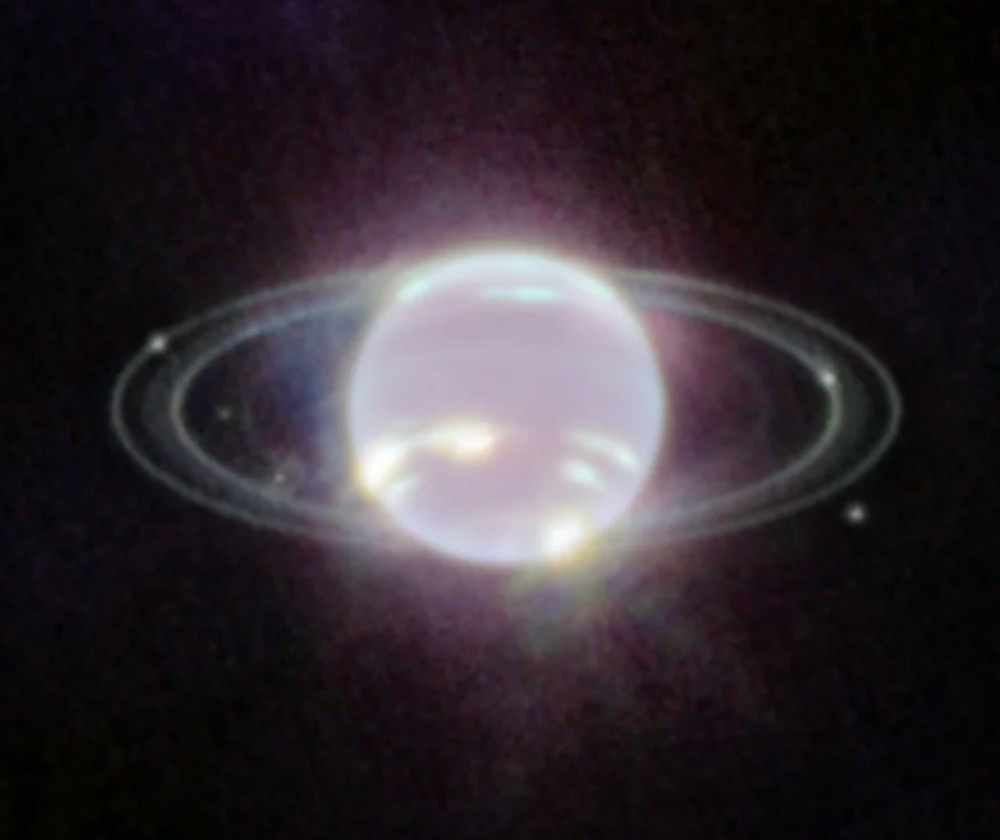
What we’ve learned from JWST’s new images of Neptune
April 19, 2023
Neptune’s methane gas strongly absorbs red and infrared light, so the planet looks dark Read more
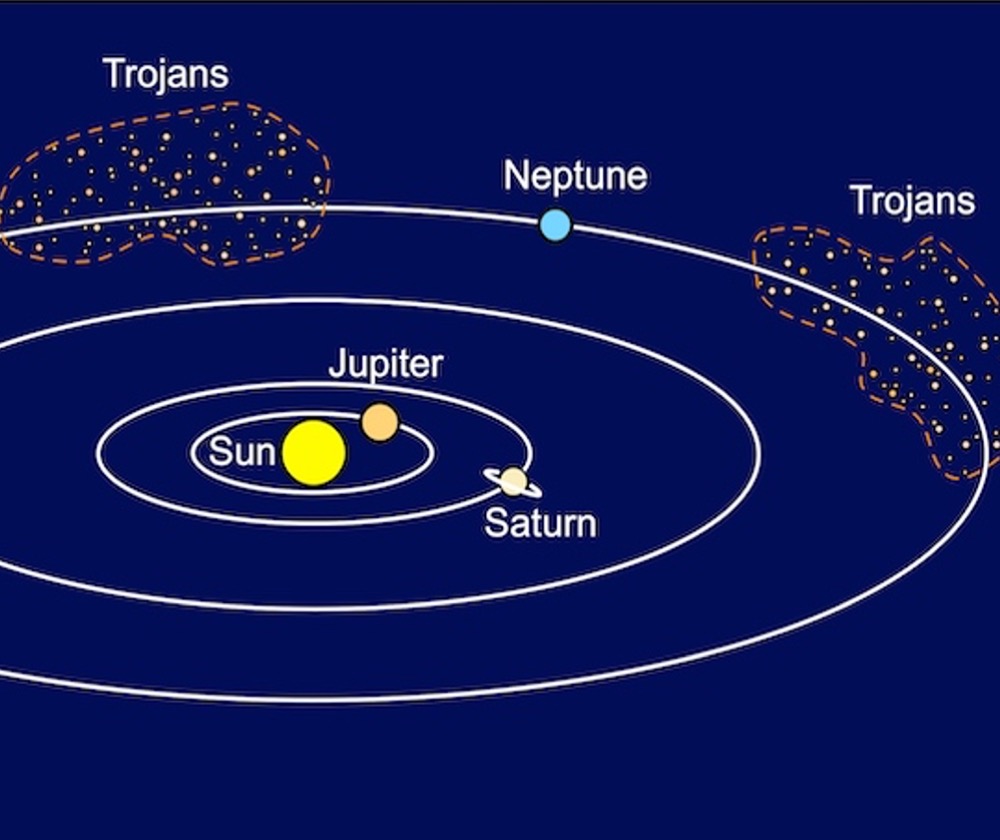
Neptune Trojans now seen as redder
April 11, 2023
Scientists say they contain more volatile ices like ammonia and methanol Read more
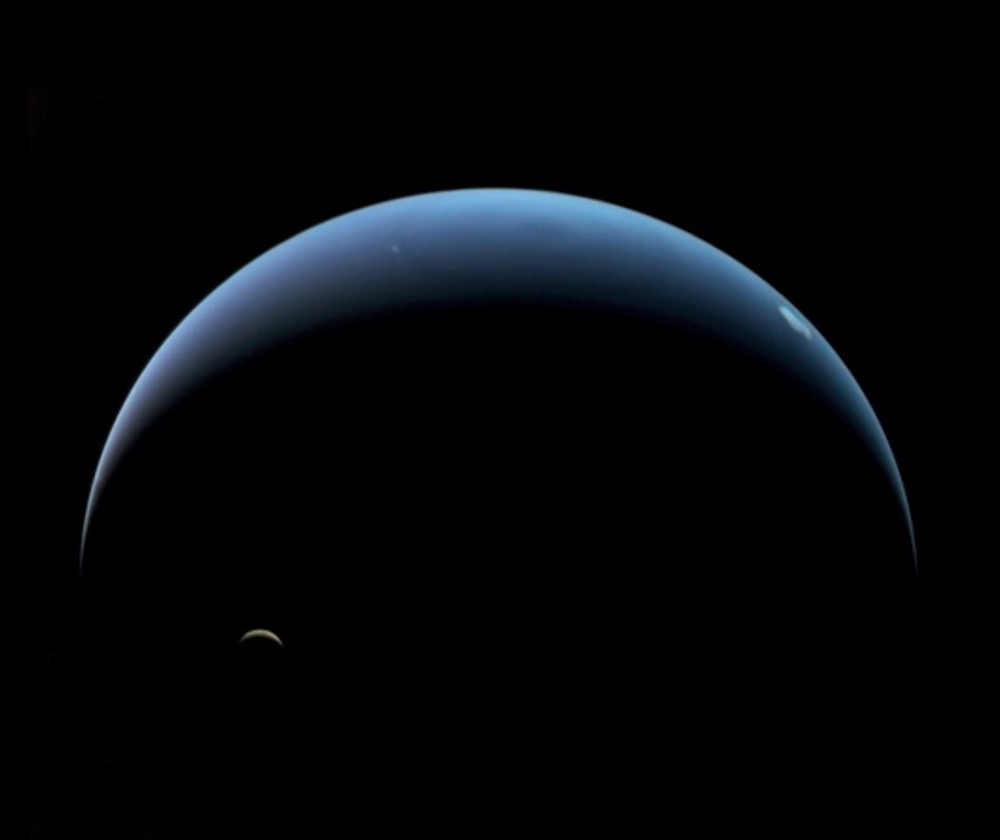
Do diamonds rain on the ice giants?
March 8, 2023
New research shows diamonds might condense out of Neptune’s mantle, but not Uranus’ Read more
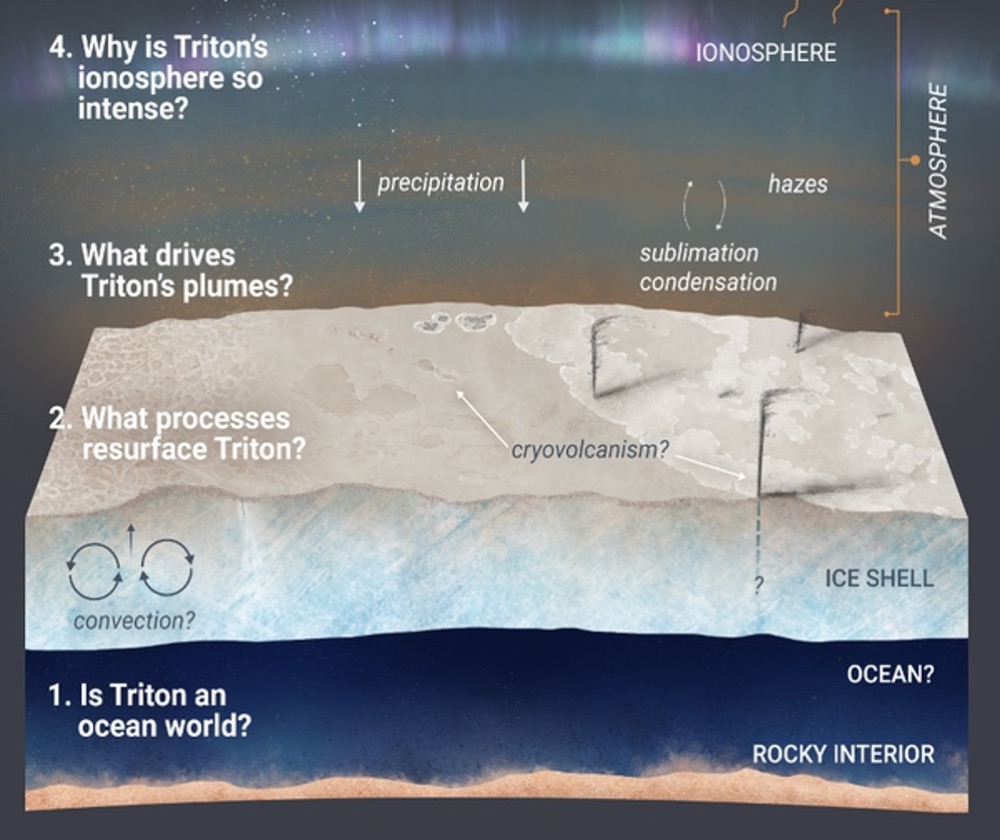
Journey to a cold and curious moon
February 27, 2023
Images from Voyager 2 received in August 1989 showed something weird Read more
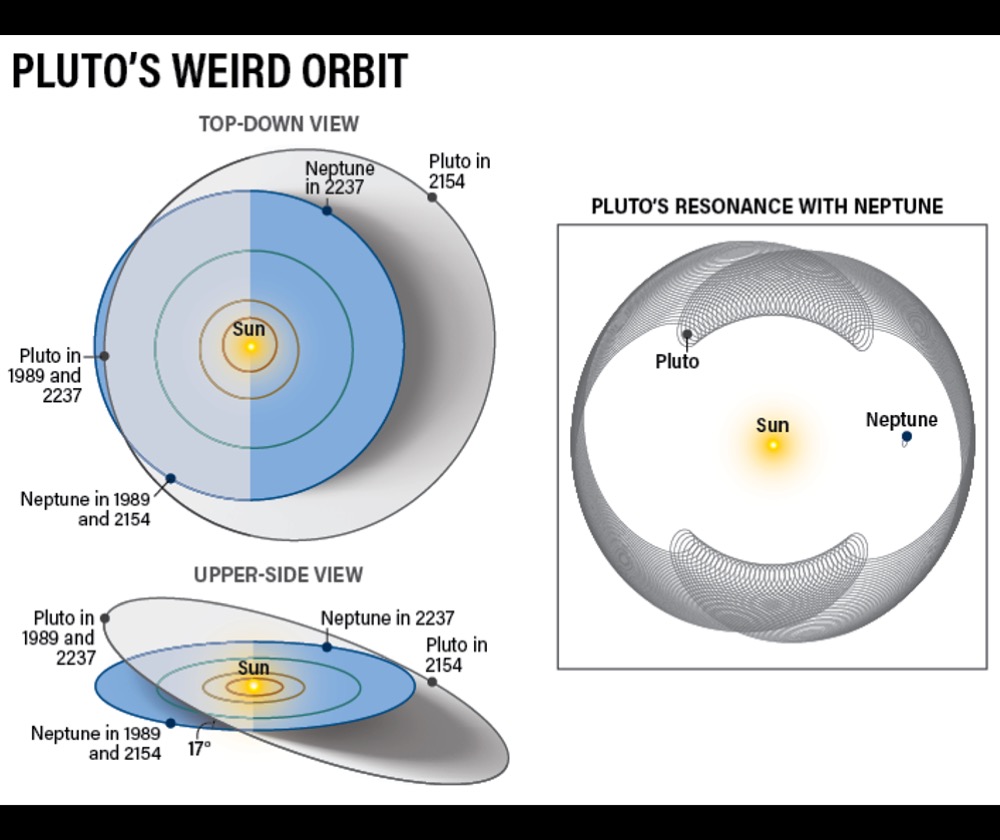
Will Pluto and Neptune ever collide?
February 16, 2023
It may appear that their orbits intersect, but they're never in the same place at the same time Read more
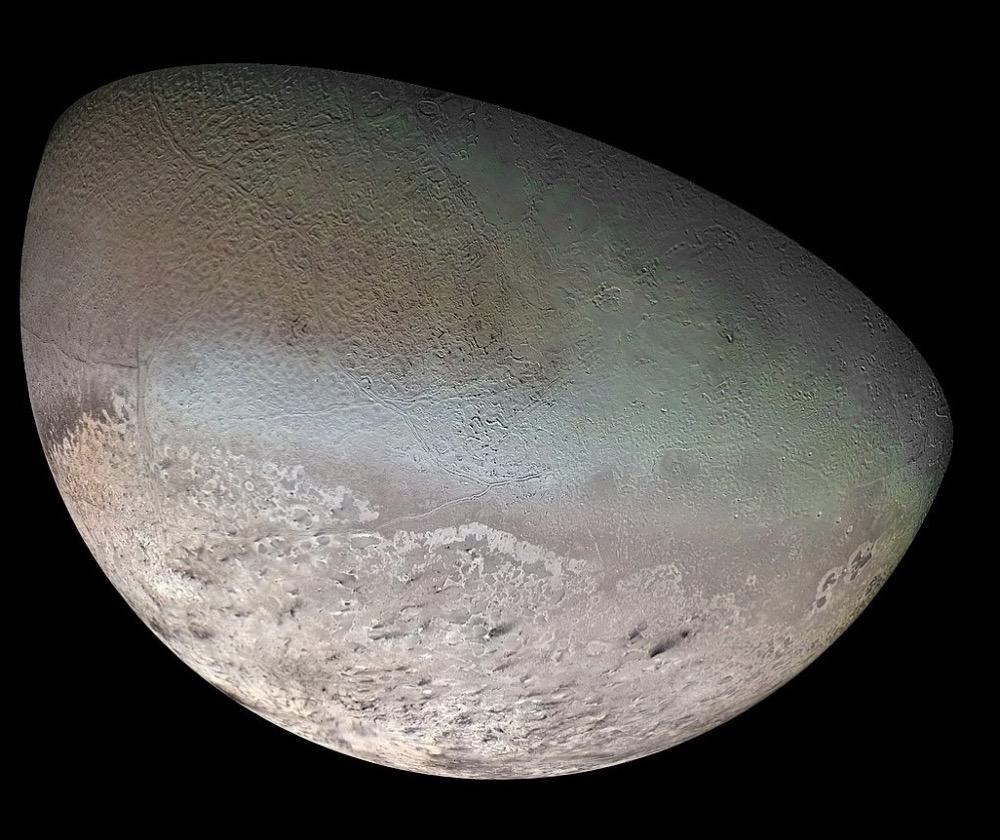
Scientists examine geological processes of Monad Regio on Neptune’s largest moon, Triton
January 30, 2023
The surface can be reshaped by deposition and flowing of nitrogen ice Read more
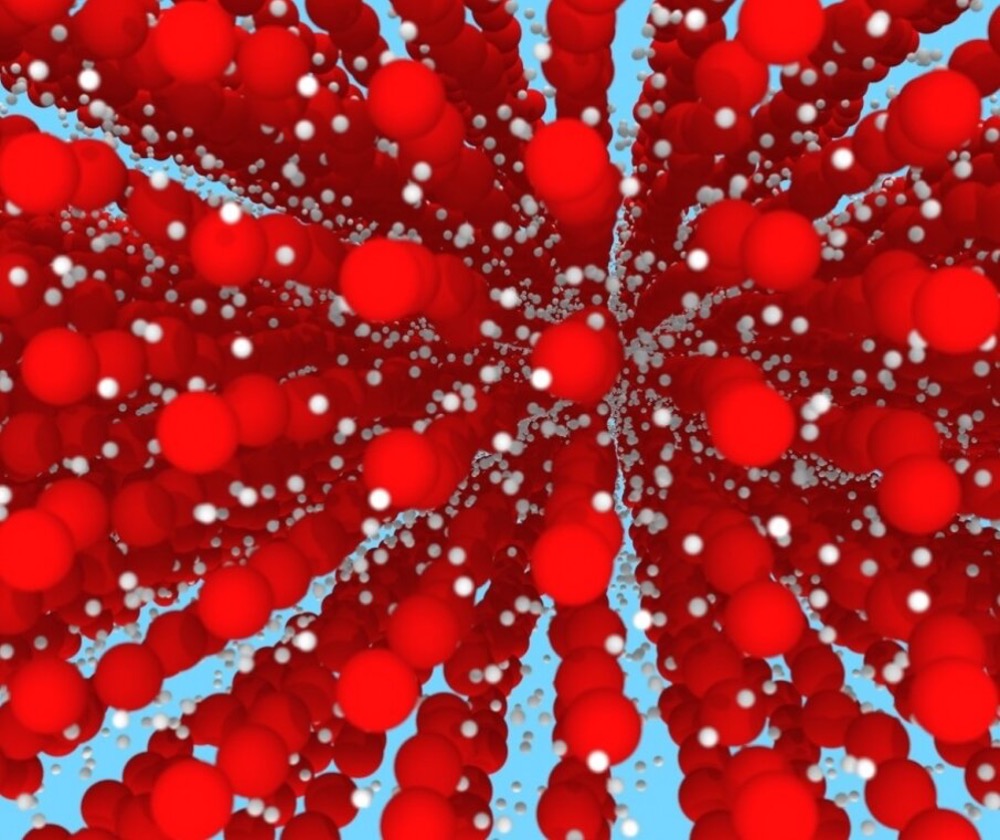
Superionic ice contributes to understanding of magnetic anomalies on Neptune and Uranus
January 23, 2023
More than 20 different phases of crystalline water are possible Read more
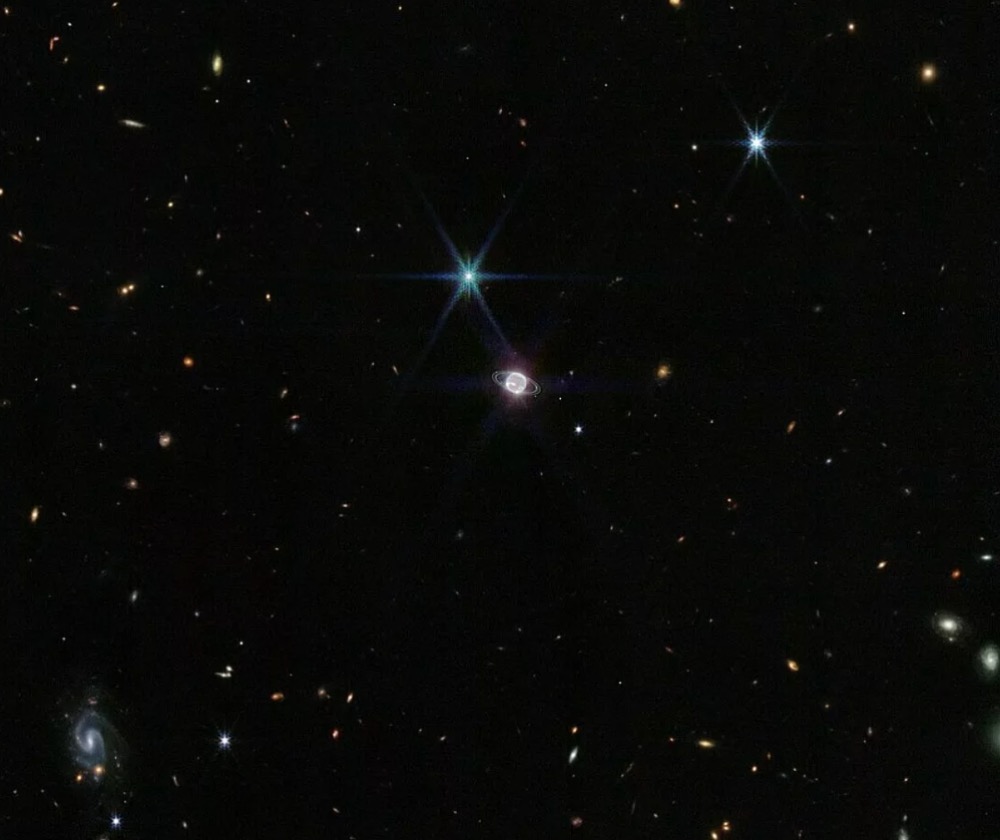
A deep dive into the Neptune system with JWST
December 20, 2022
Each new thing we learn about Neptune makes a huge contribution to our understanding Read more
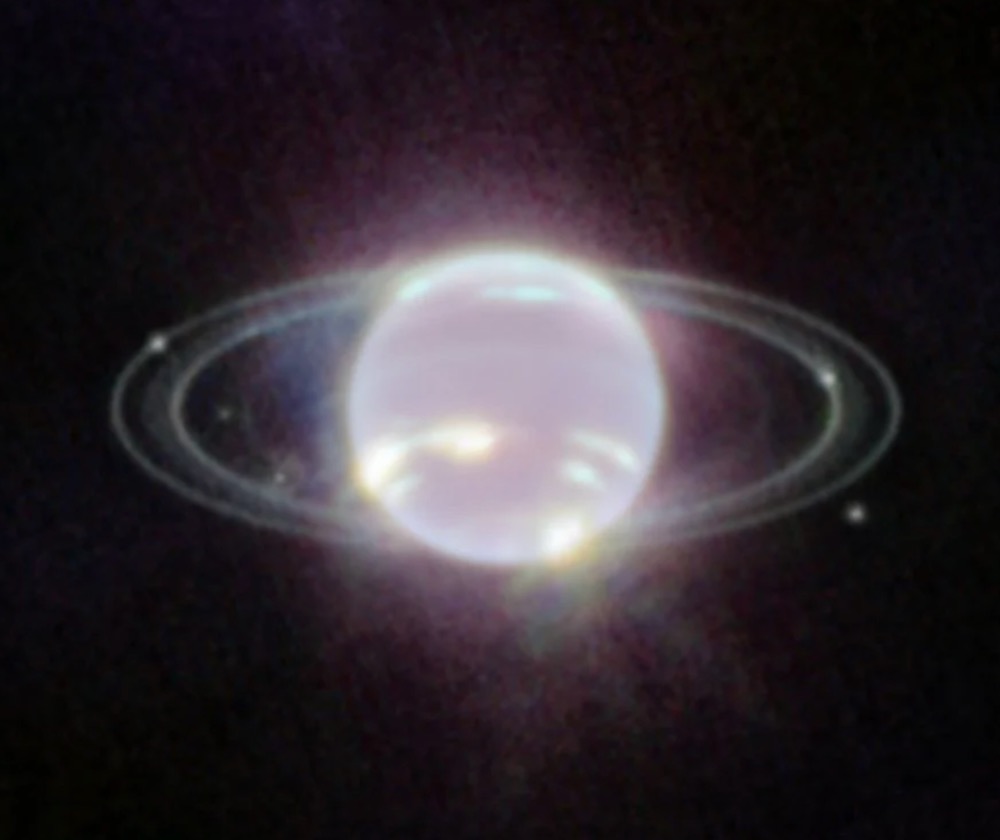
Webb telescope’s images of Neptune showcase its rings and moons
September 22, 2022
They’re the clearest pictures of the distant planet’s rings in over three decades Read more
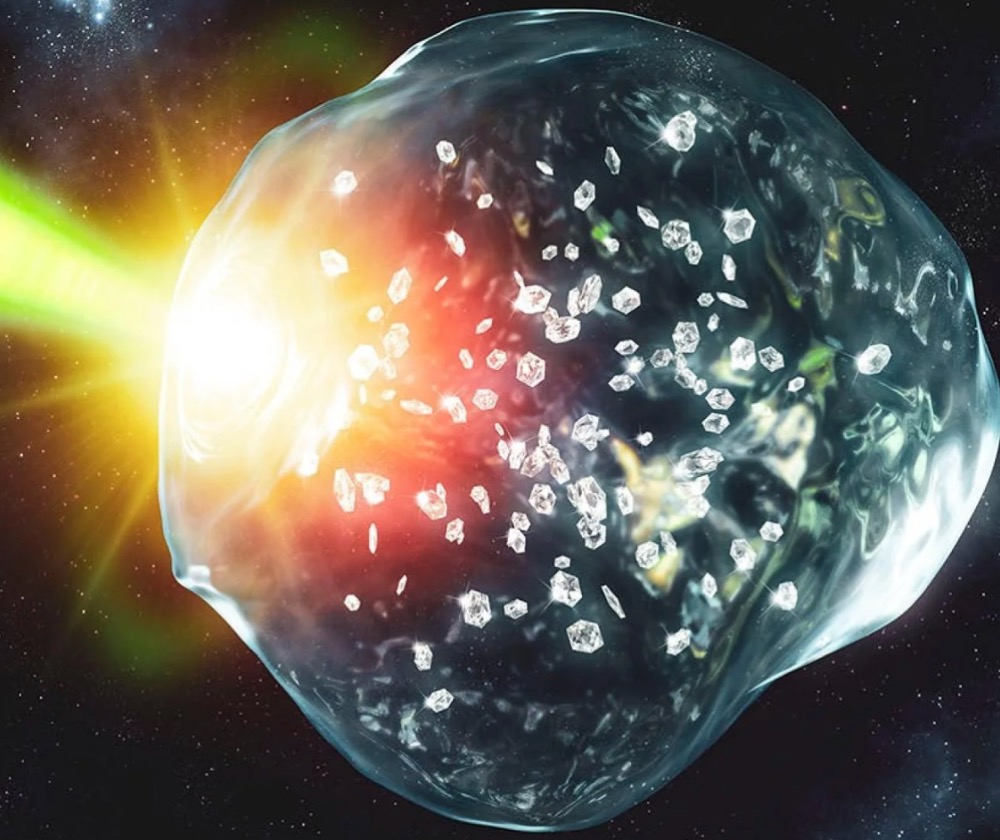
‘Diamond rain’ on giant icy planets could be more common than previously thought
September 2, 2022
Oxygen boosts this exotic precipitation, revealing a new path to make nanodiamonds Read more
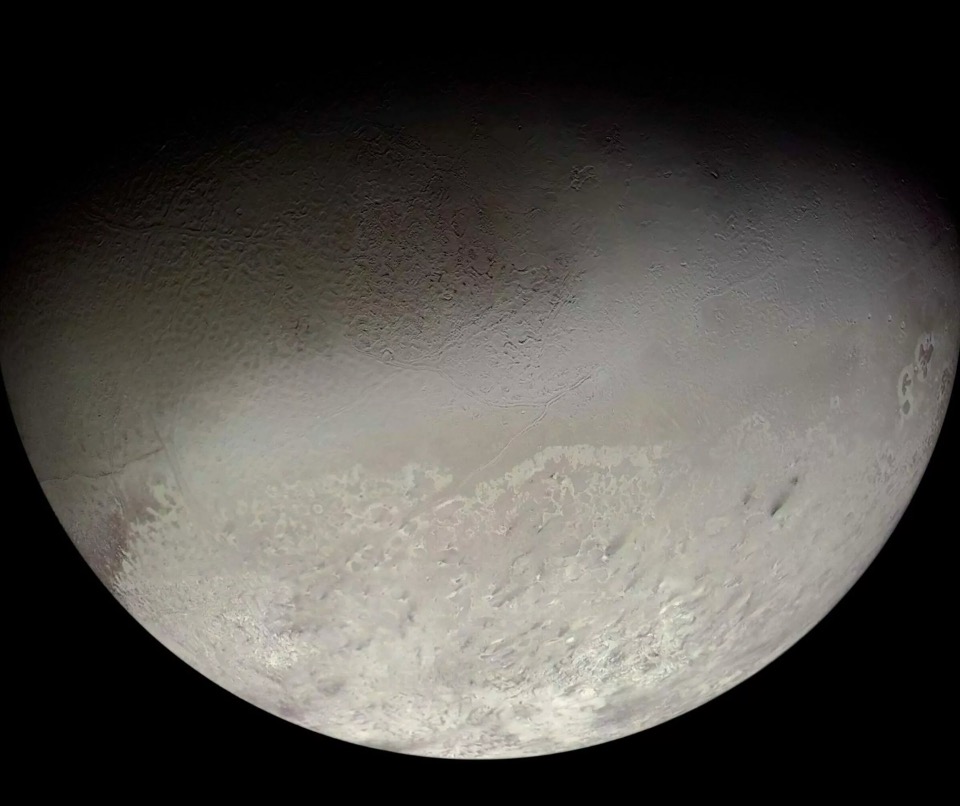
Triton, Neptune's largest moon
July 31, 2022
Triton is one of the chilliest places in the solar system, with temperatures that plunge to -240 C Read more
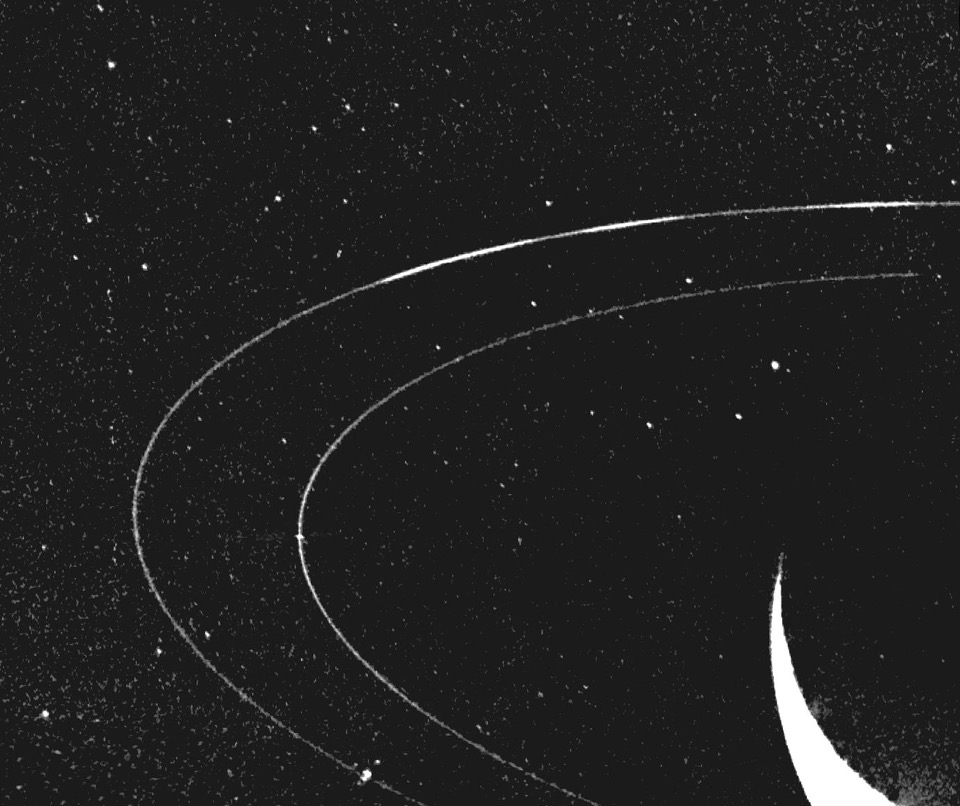
The rings of Uranus and Neptune could help map their interiors
June 29, 2022
Their constant ice cover makes it extremely hard to detect what lies underneath Read more
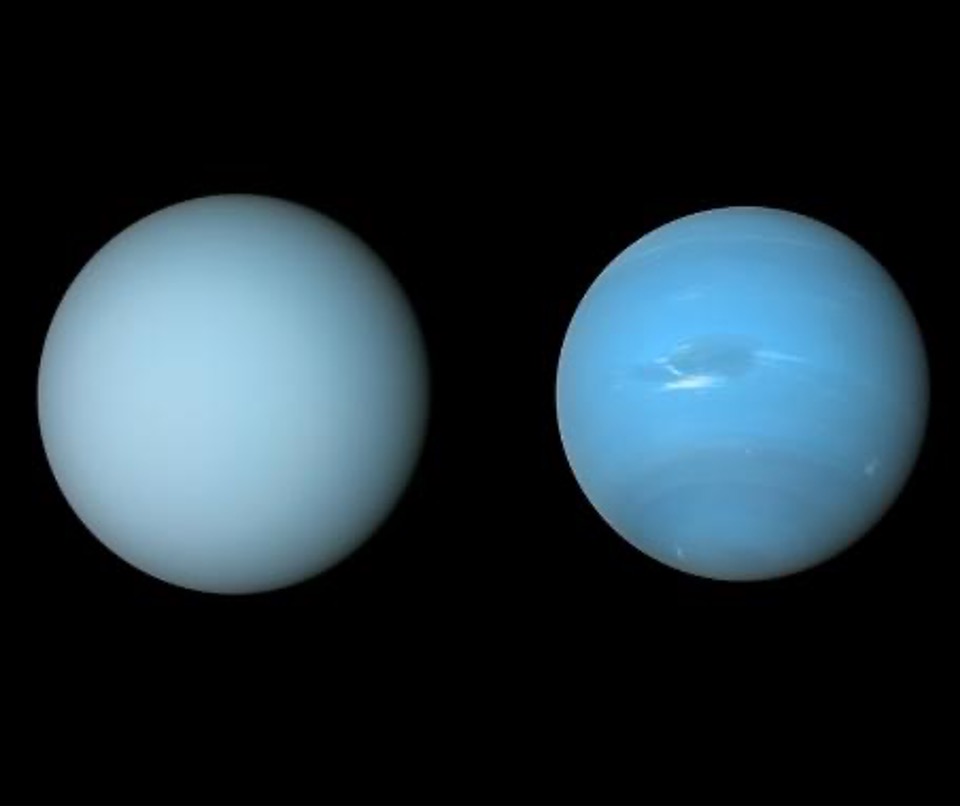
Why Neptune appears bluer than its cousin Uranus
June 2, 2022
Neptune, the eighth planet, is a deeper, richer blue. But why? Read more
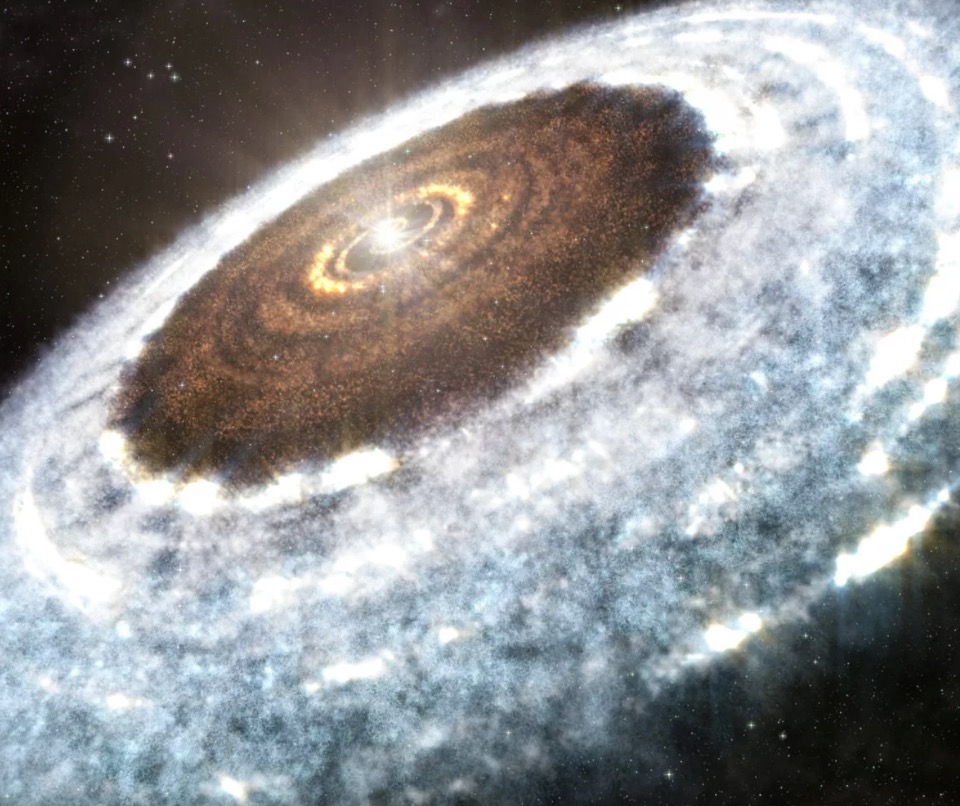
How Uranus and Neptune are key to unlocking how planets form
May 17, 2022
Understanding how and where they formed has direct implications for the evolution of our own planet Read more
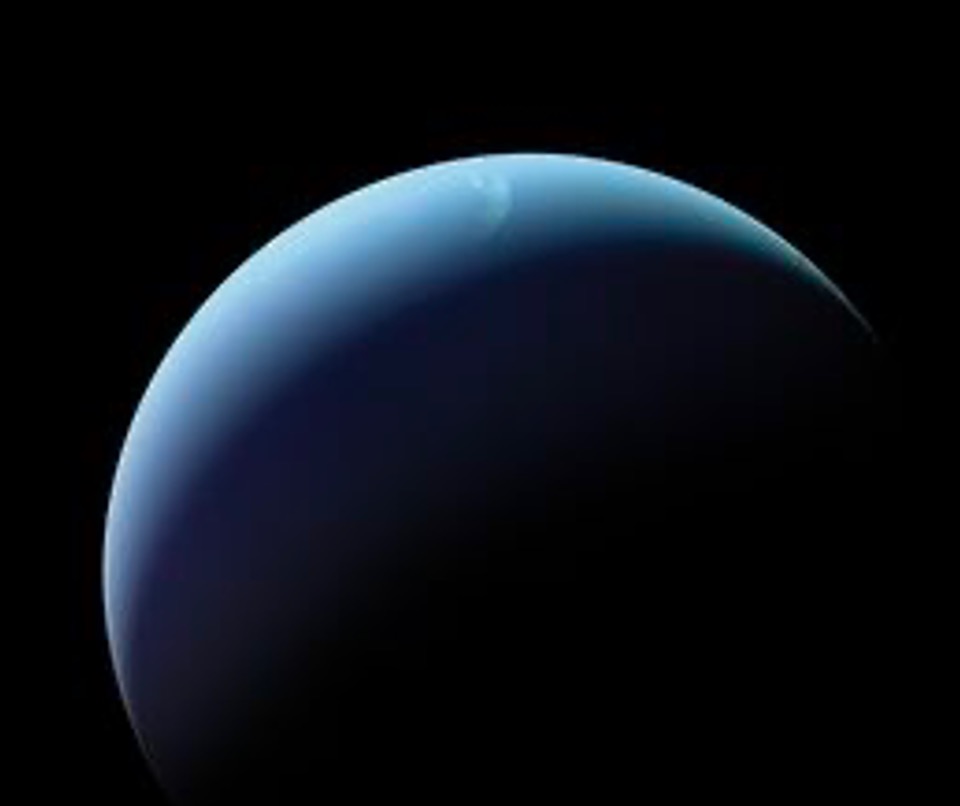
Neptune is cooler than we thought: Study reveals unexpected changes in atmospheric temperatures
April 11, 2022
We would expect temperatures to be slowly growing warmer, not colder Read more
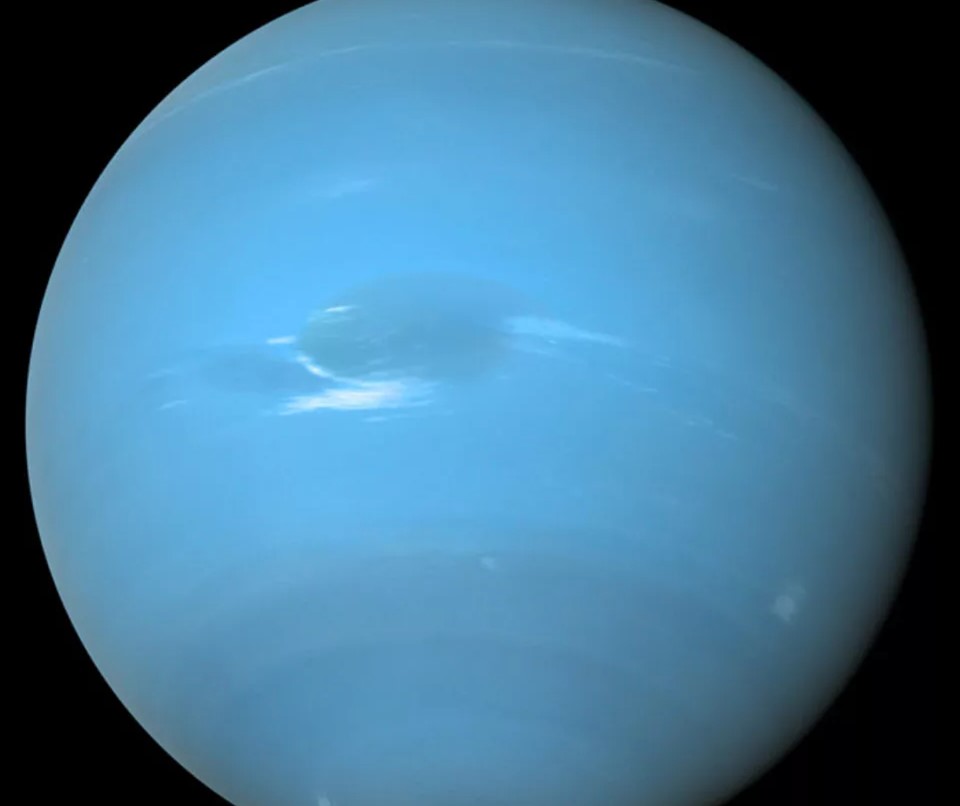
Why are Neptune and Uranus Different Colors?
February 17, 2022
Uranus and Neptune are similar planets in many ways. Read more
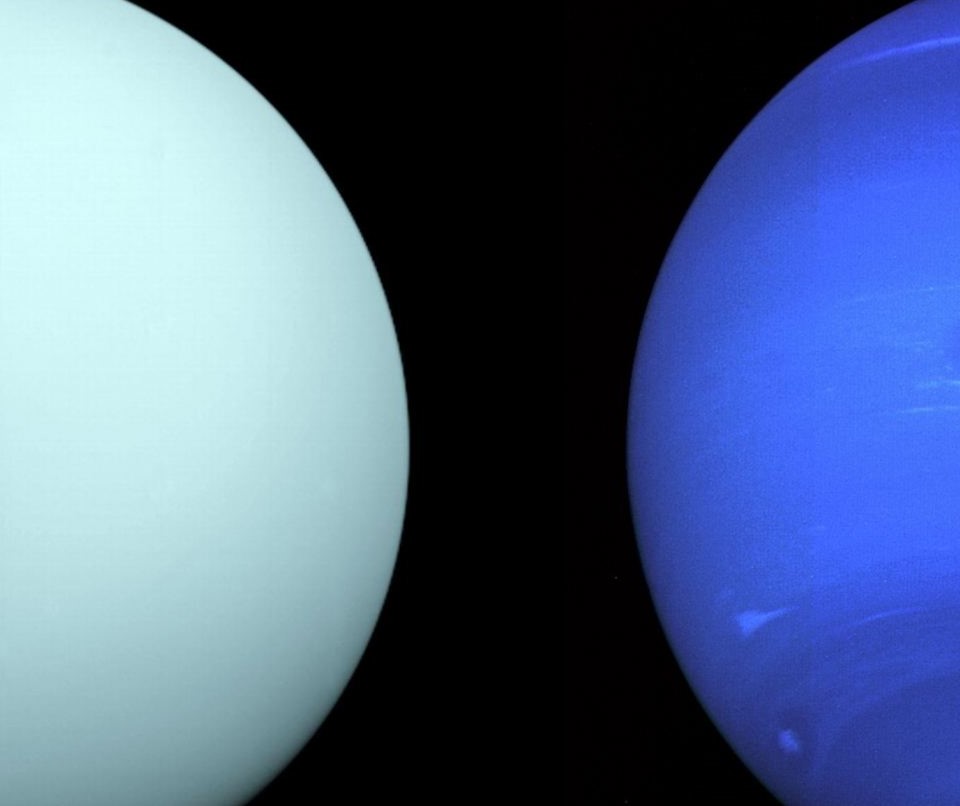
Return to Neptune? The plans to send an orbiter to the elusive planet
February 8, 2022
Is it time NASA sent an orbiter to study the other blue planet in our solar system? Read more
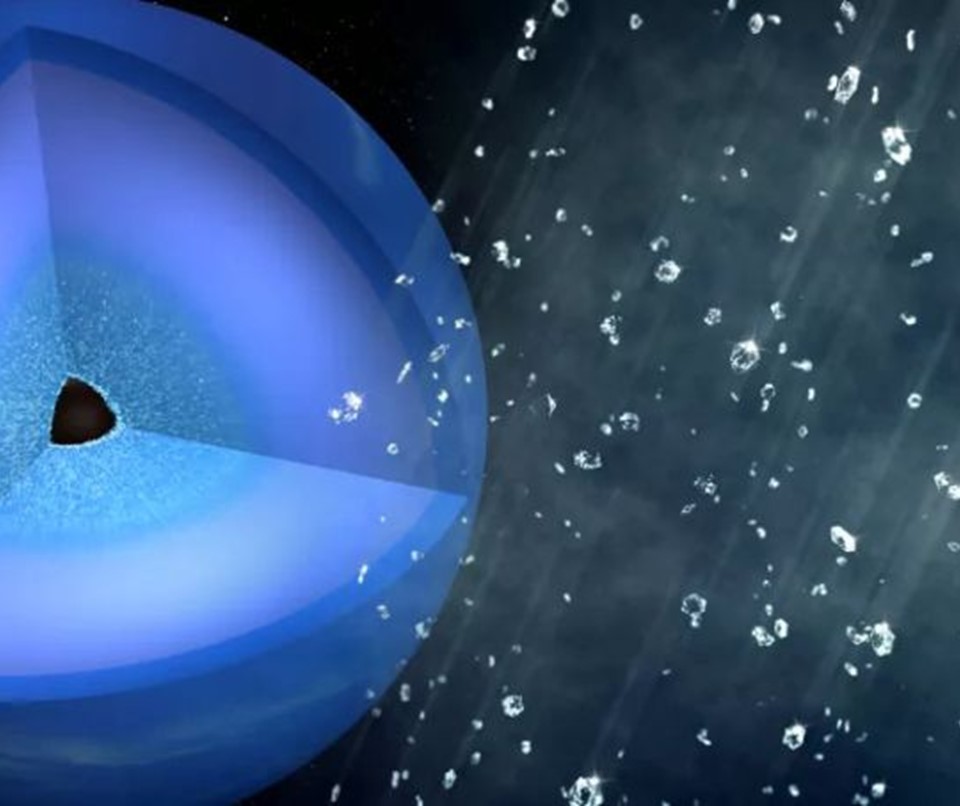
Yes, there is really 'diamond rain' on Uranus and Neptune
January 10, 2022
The ice giants Uranus and Neptune don't get nearly enough press Read more
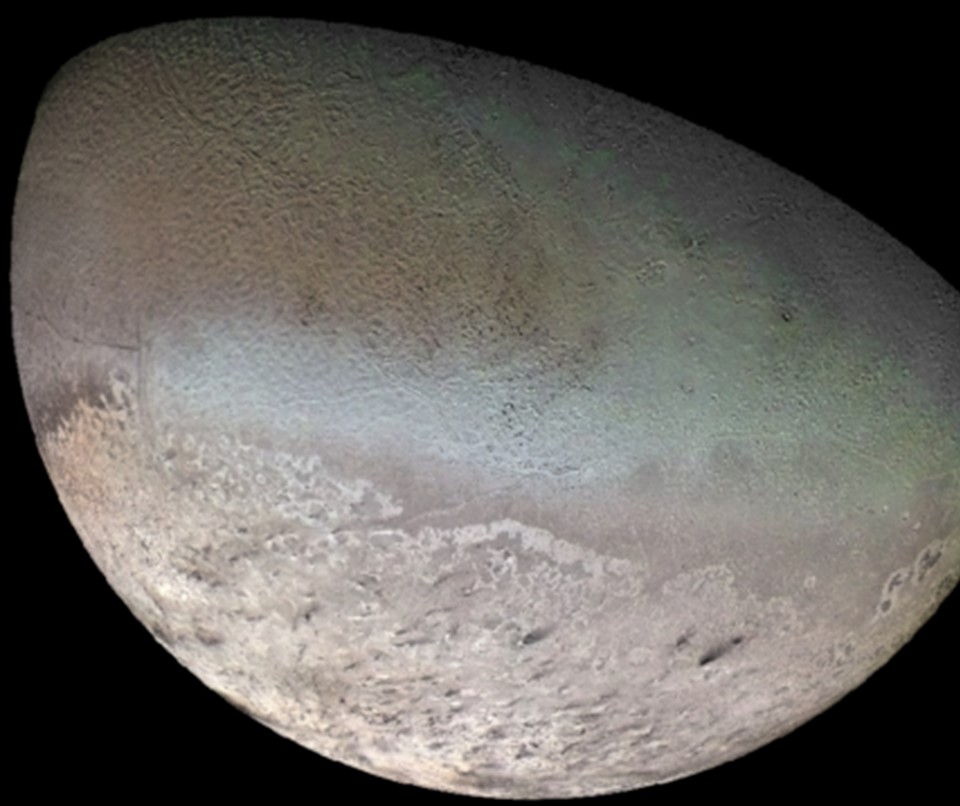
Tick, tick, plume! Explaining eruptions on Neptune’s largest moon
December 17, 2021
At present, only a few of the moons in our solar system are confirmed to have active geological processes Read more
Fascinating Facts About Neptune
- If the sun were as tall as a typical front door, the Earth would be the size of a nickel and Neptune would be about as big as a softball.
- From Neptune’s surface, the Sun appears about three-hundredths as large as it does from Earth and sunlight appears about 900 times dimmer.
- Neptune has 13 confirmed moons (and 1 more awaiting official confirmation of discovery). Neptune's moons are named after various sea gods and nymphs in Greek mythology.
- At times during the course of Neptune's orbit, dwarf planet Pluto is closer to the sun than Neptune is. This is due to the unusual elliptical (egg) shape of Pluto's orbit.
- Neptune is the windiest world in the solar system; winds have been measured up to speeds of 2000 kilometers per hour.
- Neptune emits about 2.6 times the energy it receives from the Sun. This energy is thought to come from the continued cooling of the planet after its gravitational collapse during the formation of the solar system. Because of this, the weather on the planet is internally driven: it depends on the energy emitted by the planet itself. On the other hand, the weather on Earth is externally driven, by the sun!
- Neptune has the second largest gravitational force of any planet in the solar system after Jupiter.
- Neptune is a sister ice giant to Uranus. Neptune is mostly made of a very thick, very hot combination of water (H2O), ammonia (NH3), and methane (CH4) over a possible heavier, approximately Earth-sized, solid core.
Missions
Voyager 2 (1977)
Mission to study the outer solar system



